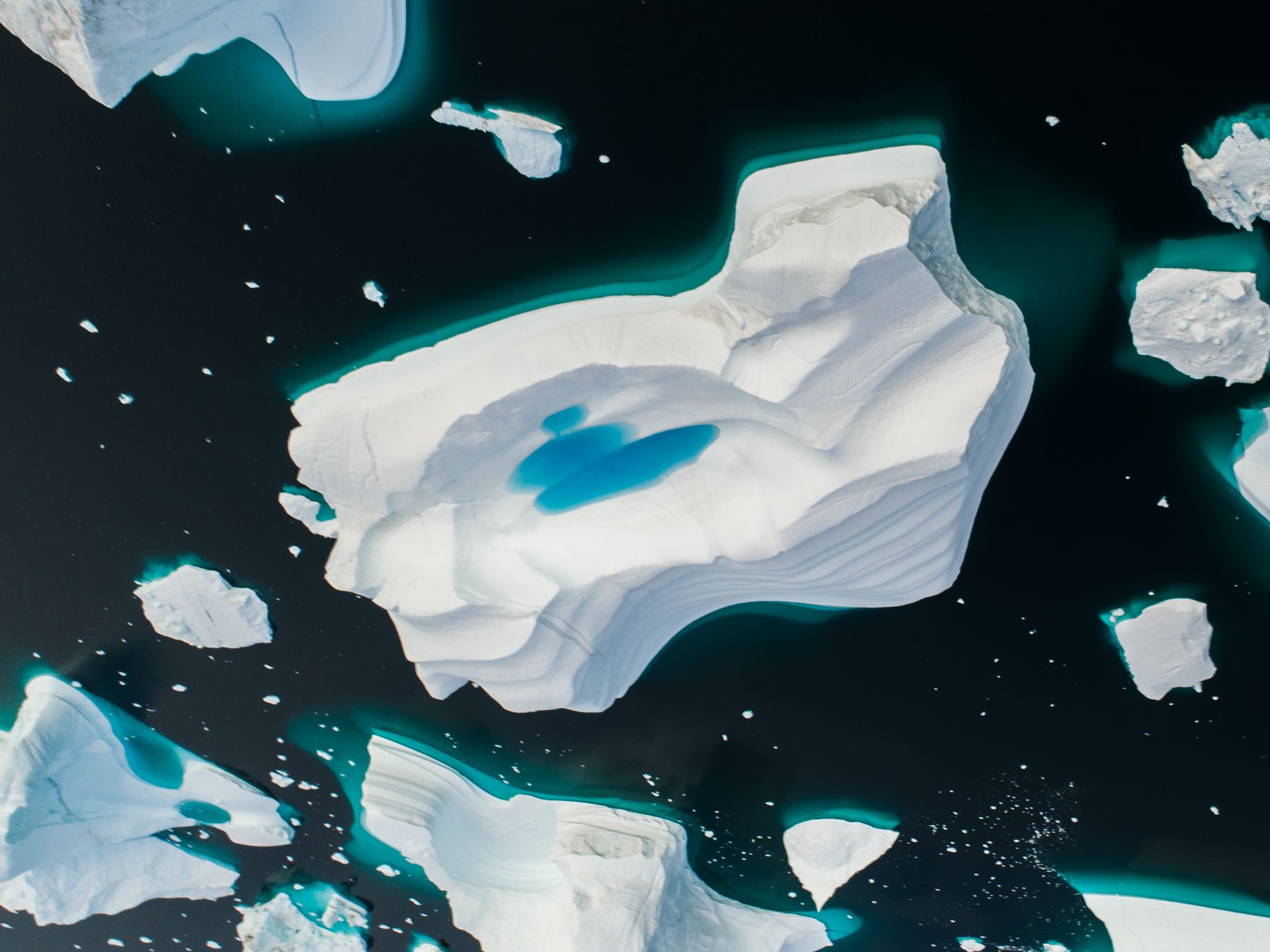
Arctic vs Antarctic
Discussing theArctic vs Antarctic means that we hav to find the essential different between two worlds that are, quite literally, poles apart. Arctic vs Antarctic is about differences in wildlife, temperature, terrain and also a huge number of human factors. Discover what separates arctic vs antarctic here in our new blog.

Iceland vs Greenland
Our post about Iceland vs Greenland covers all the basic differences and similarities between Iceland vs Greenland. Iceland and Greenland may be more similar, and more different, than you think!
